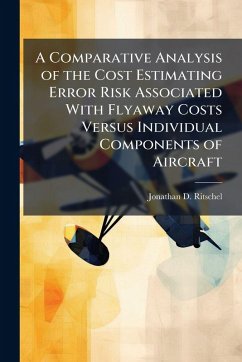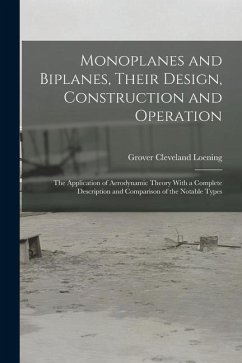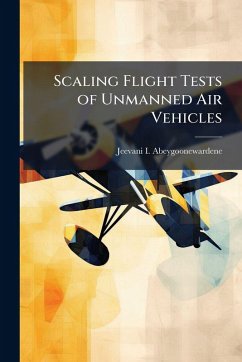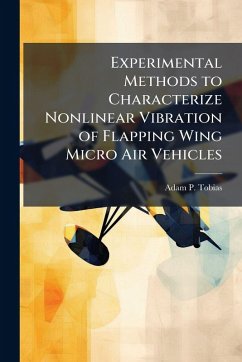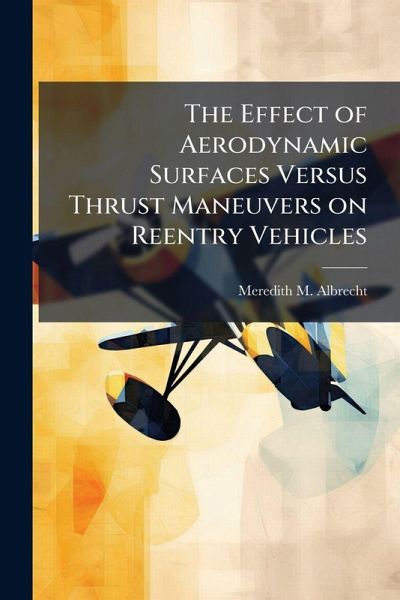
The Effect of Aerodynamic Surfaces Versus Thrust Maneuvers on Reentry Vehicles
Versandkostenfrei!
Versandfertig in über 4 Wochen
15,99 €
inkl. MwSt.
Weitere Ausgaben:

PAYBACK Punkte
8 °P sammeln!
This research effort analyzes the effect of aerodynamic surfaces versus thrust maneuvers on a reentry vehicle. At high altitudes the effect of aerodynamic surfaces on the reentry vehicle is small due to low atmospheric density; however as the vehicle reaches lower altitudes a lift maneuver is very successful in deflecting the vehicle and creating a large impact footprint. When a continuous thrust maneuver is input in the place of a lift maneuver the results are very similar at the highest maneuver altitudes, although the impact footprint shrinks rapidly as the maneuver altitude decreases. Addi...
This research effort analyzes the effect of aerodynamic surfaces versus thrust maneuvers on a reentry vehicle. At high altitudes the effect of aerodynamic surfaces on the reentry vehicle is small due to low atmospheric density; however as the vehicle reaches lower altitudes a lift maneuver is very successful in deflecting the vehicle and creating a large impact footprint. When a continuous thrust maneuver is input in the place of a lift maneuver the results are very similar at the highest maneuver altitudes, although the impact footprint shrinks rapidly as the maneuver altitude decreases. Additionally, when the thrust maneuver is along or opposite the velocity vector of the vehicle it significantly alters the time of flight, especially when performed at higher altitudes. In order to perform this analysis, a FORTRAN program using the equations of motion for a reentry vehicle was modified in order to accommodate the lift and thrust maneuvers. This work has been selected by scholars as being culturally important, and is part of the knowledge base of civilization as we know it. This work was reproduced from the original artifact, and remains as true to the original work as possible. Therefore, you will see the original copyright references, library stamps (as most of these works have been housed in our most important libraries around the world), and other notations in the work. This work is in the public domain in the United States of America, and possibly other nations. Within the United States, you may freely copy and distribute this work, as no entity (individual or corporate) has a copyright on the body of the work. As a reproduction of a historical artifact, this work may contain missing or blurred pages, poor pictures, errant marks, etc. Scholars believe, and we concur, that this work is important enough to be preserved, reproduced, and made generally available to the public. We appreciate your support of the preservation process, and thank you for being an important part of keeping this knowledge alive and relevant.




